iMore Verdict
Bowers & Wilkins has reimagined its flagship true wireless earbuds to impressive effect with the Pi8. These stylish buds sound sensational, are super comfy to wear and feature leading edge wireless functionality. They’re pricey but worth it.
Pros
- +
Sensational audio quality
- +
Decent Active Noise Cancellation
- +
Comfortable fit
Cons
- -
Premium price tag
- -
More effective ANC is out there if you need it
- -
No support for spatial audio
You can always trust iMore.
Bowers & Wilkins has a world class reputation for high-end audio. The brand is synonymous with superior sonics, and its flagship loudspeakers are resident in some of the world’s best known recording studios (we’re looking at you, Abbey Road). It’s also been making waves in the world of head-fi, with luxury Bluetooth headphones like the Px8.
But when it comes to true wireless earbuds, it hasn’t quite hit its stride - until now. With these new flagship Pi8 noise cancellers, we finally have earbuds worthy of the company's pedigree.
These are no gentle evolution of their Pi7 forebears. Not only has the design been revamped, the Pi8 feature all new 12mm drive units that use Carbon Cone technology trickled down from the aforementioned Px8 over-ears.
The catch is they cost a lot. A lot.
So are they a worthy investment? Let’s dig a little deeper…
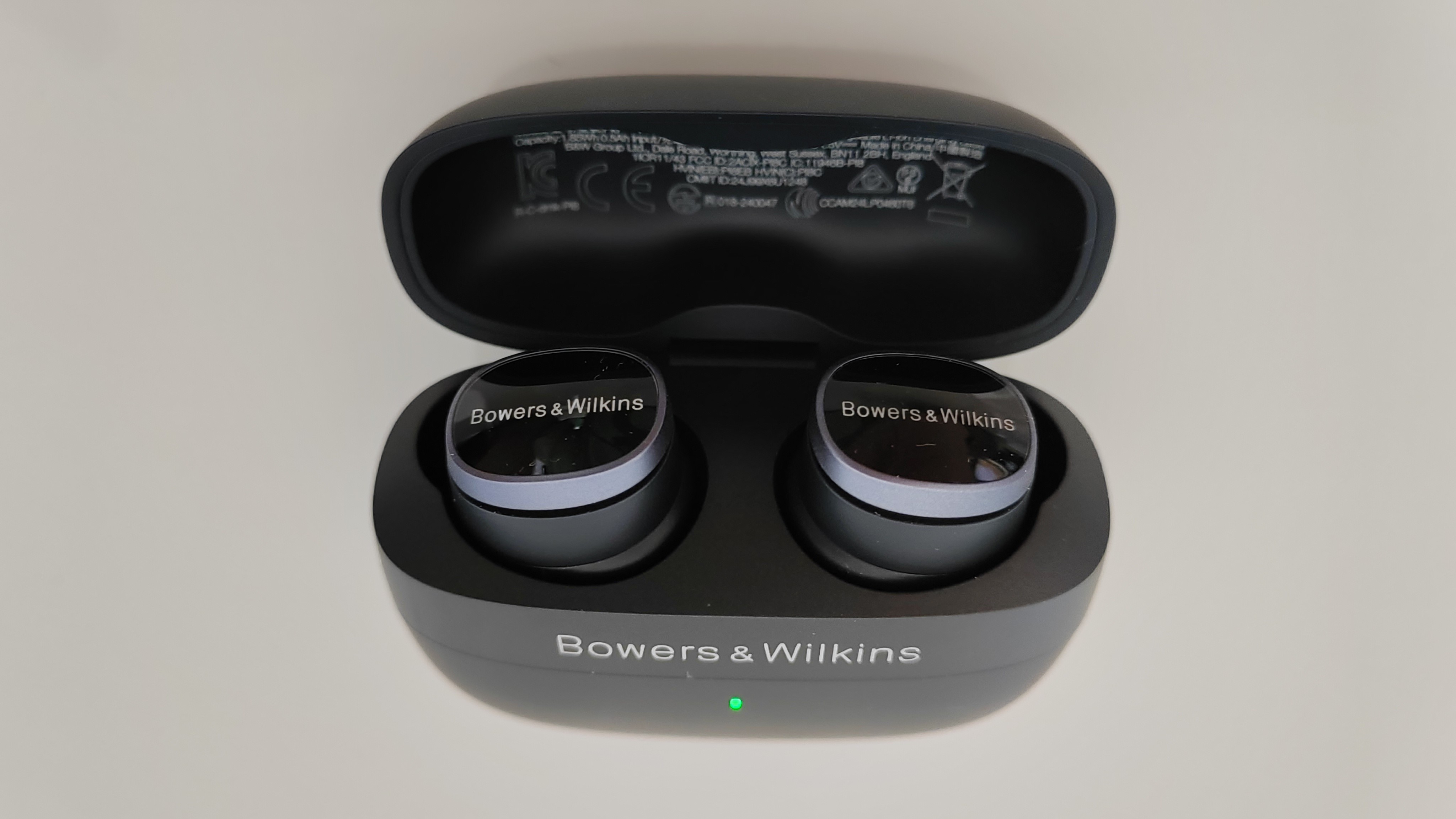
Price and availability
Occupying the upper echelons of the true wireless market, the Bowers & Wilkins Pi8 will set you back $399 (£349 / €399). This pits them against some heavy hitters in the market, notably Apple and Sony, so they need to be good.
Along with their cheaper Pi6 stablemate earbuds (which have a very different specification and component bill), they’re available now.
iMore offers spot-on advice and guidance from our team of experts, with decades of Apple device experience to lean on. Learn more with iMore!
Build and fit
With rounded edges and glossy finish, the Pi8 feel good in the hand and will look smart in your ears.
They’re available in four colourways: Anthracite Black, Dove White, Jade Green and Midnight Blue. I've been testing the black pair. The brand logo is printed across each bud, but you’ll need to be uncomfortably close to read it.
Comfort is high. I found that I could wear them for extended periods of time, without them becoming onerous.
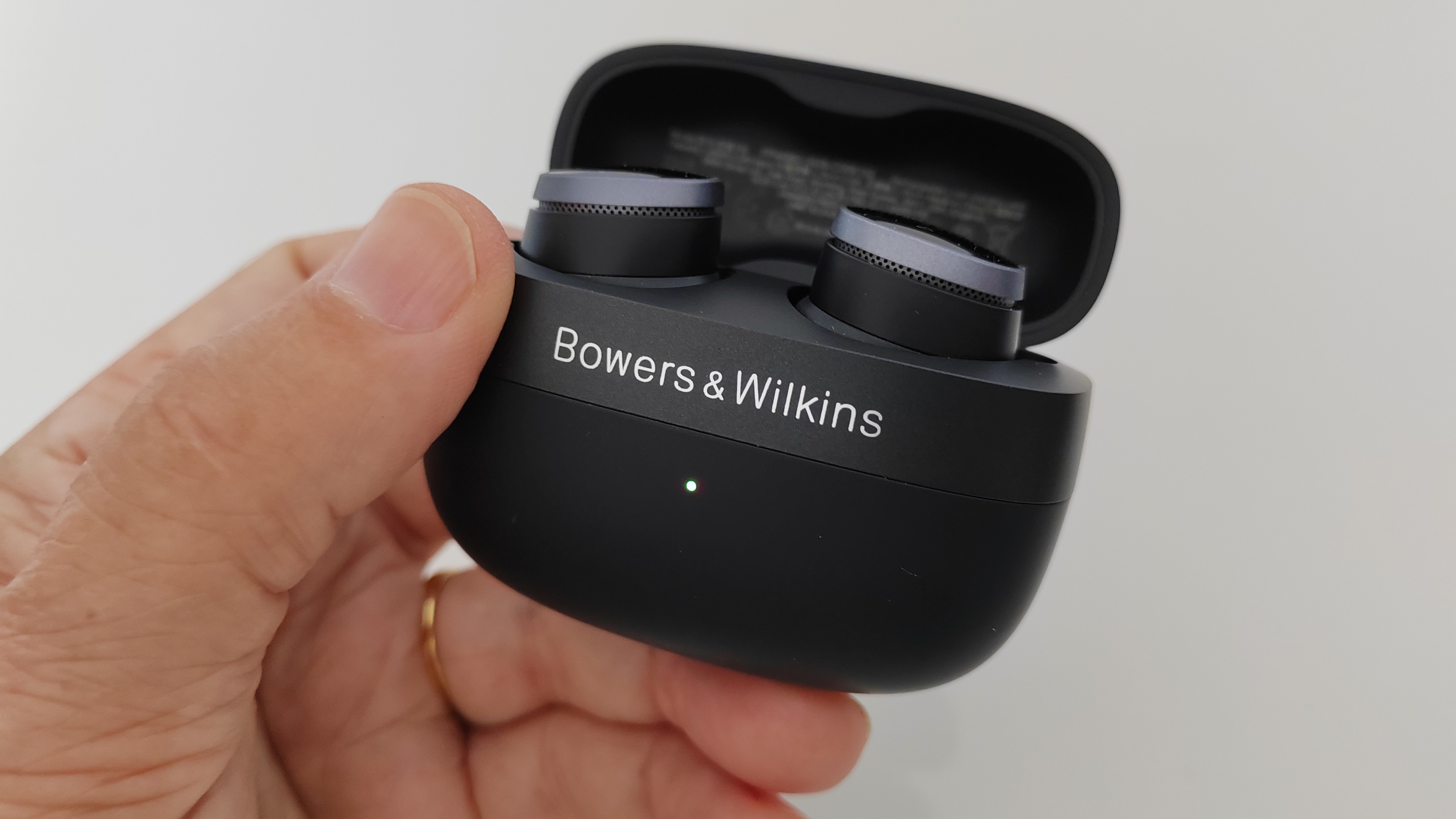
A closer look reveals that the skirt, the bit that forms the seal with your ear, is made of rubber (a change from the Pi7). It’s firm but has a modicum of give. This enables them to sit comfortably in place and offer better acoustic isolation, thereby improving the effectiveness of noise cancellation.
The Pi8 come with a choice of three additional ear tip sizes: XS, S and L, so everyone should find an optimal fit.
The various sensors, antenna and microphones reside in a notch that sits clear of the ear itself, for maximum effectiveness. There are three microphones in each earbud.
Don’t fret if you're out and about in the rain, as the Pi8’s are IP54-rated for protection against dust and water spray.
Features
For such diminutive buds, the Pi8 cram in the features.
Made for iPhone (MFi) support means iOS users will be up and running in no time. Android users can expect Google Fast Pair (GFP) support in due course. There is actually no dedicated pairing button. However, if you want to force the Pi8 into Bluetooth mode, this is achieved by pressing and holding both earbuds for three seconds.
Built upon Qualcomm’s Bluetooth 5.4 wireless transmission platform, there’s support for aptX Adaptive up to 24-bit/96kHz, as well as aptX Lossless, which is useful if you have an aptX Lossless playback device.
They also support Multipoint connection. Rather neatly, you can pair to a second device while still wearing the Pi8. To initiate, just tap both earbuds at the same time. You can assign the primary device in the accompanying Bowers & Wilkins app.
This app is key to the Pi8’s overall usability. It features a five-band Advanced EQ function, if you feel the need to tweak, as well as a bypass mode. You can also link any of your streaming services.
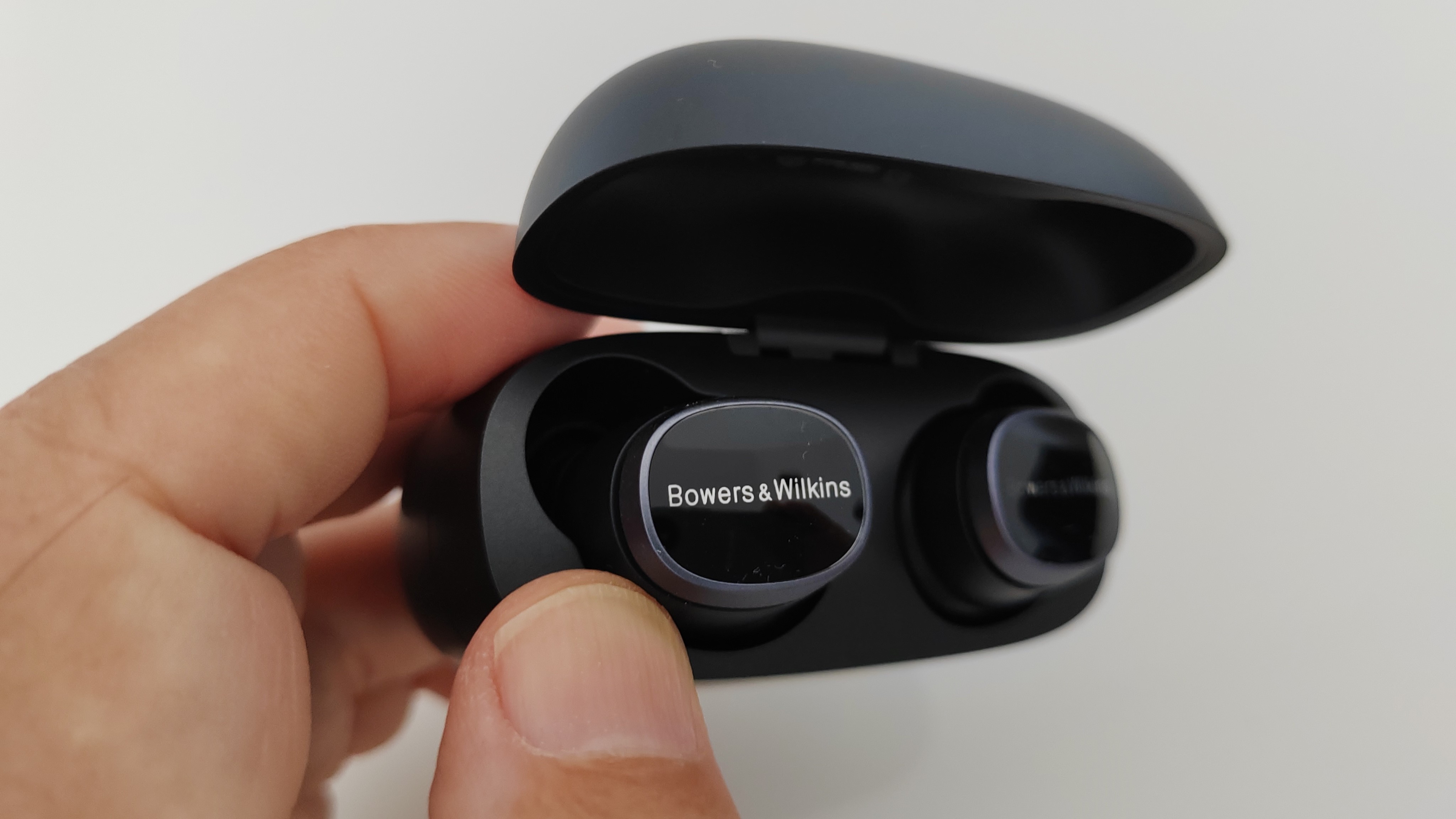
The Pi8s don’t come with a standard charging case. This Smartcase is able to retransmit audio up to 24-bit 96kHz audio from USB and 3.5mm connected music sources. The case converts analogue to digital and then transmits that in aptX Adaptive Low Latency.
You can use the Smartcase with aeroplane in-flight entertainment systems (so you no longer need to tie yourself in wired knots when juggling inflight meals), a DAP (Digital Audio Player), as well as laptops, the latest generation of iPads and USB-C-enabled iPhones. Just connect the case to the source, hit play and it automatically transmits to the earbuds.
Battery life is on the right side of acceptable. You can expect around 6.5 hours of playtime, with ANC (Active Noise Cancellation) engaged. The case itself holds an additional 13.5 hours. If you’re running low, a quick 15 minute charge will earn you a couple of hours in the wild.
But there are caveats. There’s no support for Dolby Atmos Spatial audio (as available on LG’s Tone T90S buds).
You can alter the volume on the buds themselves with a swipe (though I found it a temperamental control at best), and there’s no dedicated voice interaction. Commands are acknowledged with peeps and beeps.
Sound quality
Long story short: the Pi8 earbuds sound superb. They’re capable of quite extraordinary detail - crisp and articulate with no sibilance or granular fizz. Vocals sound realistic and nuanced while guitar tonality is spot on.
The acoustic strumming of Space, by Boltex and Yiu (24-bit, 44.1kHz) is almost three dimensional, the track’s plaintive vocal tremulous and immediate. It’s enough to give you live performance chills.
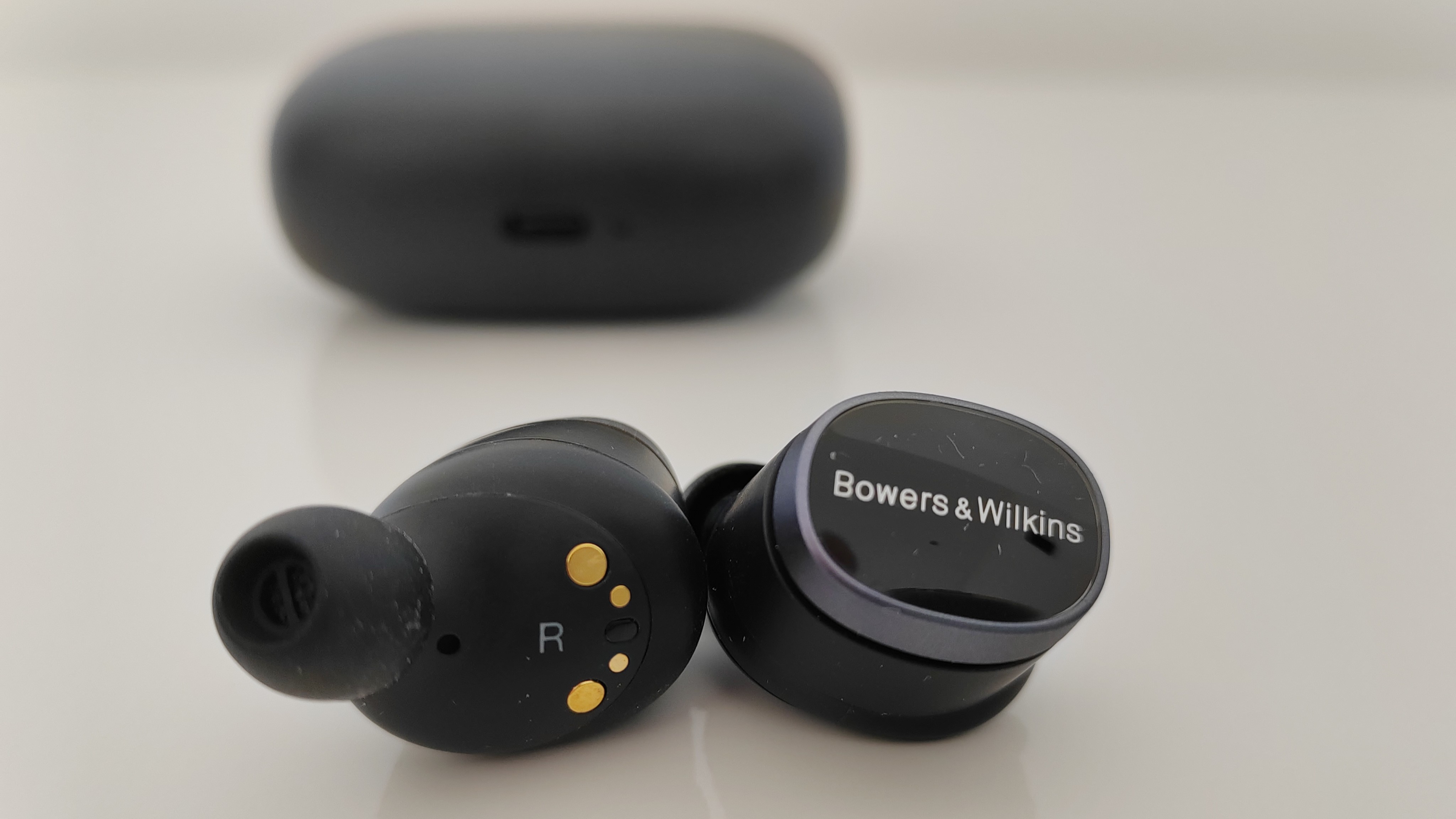
Interestingly, Bowers & Wilkins isn’t using the DAC which comes as part of the Qualcomm package. Instead, these earbuds swerve that in favor of a separate DAC (Digital to Analogue Converter) supplied by ADI, which is coupled to improved DSP (Digital Signal processing) and amplification designed by the Bowers team.
Bass handling is excellent. Deep, and fulsome without being overbearing or heavy handed.
The breakout Billie Ellish hit Bad Guy (24-bit 44.1kHz) drops deeeeeep, to the point where my cranium seemed to reverberate under the pressure. Similarly, the bass riff on Teddy Swims’ 911 (24-bit 44.1kHz) hits hard, taut and funky.
Coherent musicality is difficult to achieve with true wireless earbuds, but the Pi8 seems to have nailed it. You really sense you’re hearing what the artist intended.
Black Dog, by Arlo Parks (24-bit 48Khz), is a multi-layered treat, the singer’s vocal floating above a deep rhythmic beat. There’s a transparency to the Pi8 which is intoxicating.
The Active Noise Cancellation algorithm used in the Pi8 is essentially the same as that used on the brand’s Px8 over ears. I found it doesn’t nullify extraneous commuting noise quite as efficiently as some rivals, but it certainly knocks back burble to the point where it doesn’t impinge on the listening experience.
Competition
At the higher end of the true wireless category, there is some significant competition. The Pi8 go head to head with Bang & Olufsen’s Beoplay EX, and the rather more esoteric Master & Dynamic MW09 - so we’re in rarefied territory indeed.
The real competition though is likely to come from Apple’s AirPods Pro (Second gen), and Sony’s highly regarded WF-1000XM5, both of which come in slightly cheaper. They have USPs but I rather think the Pi8 edges it when it comes to unbridled musicality.
Should you buy them?
You should buy them if…
- You want outstanding audio quality, without unnecessary coloration
- You want premium design
- You want leading edge Bluetooth connectivity
You should not buy them if…
- Absolute noise canceling is paramount when you listen mainly to audio books or podcasts
- You want the longest possible battery life
- You want Spatial Audio with Head Tracking support for Apple Music
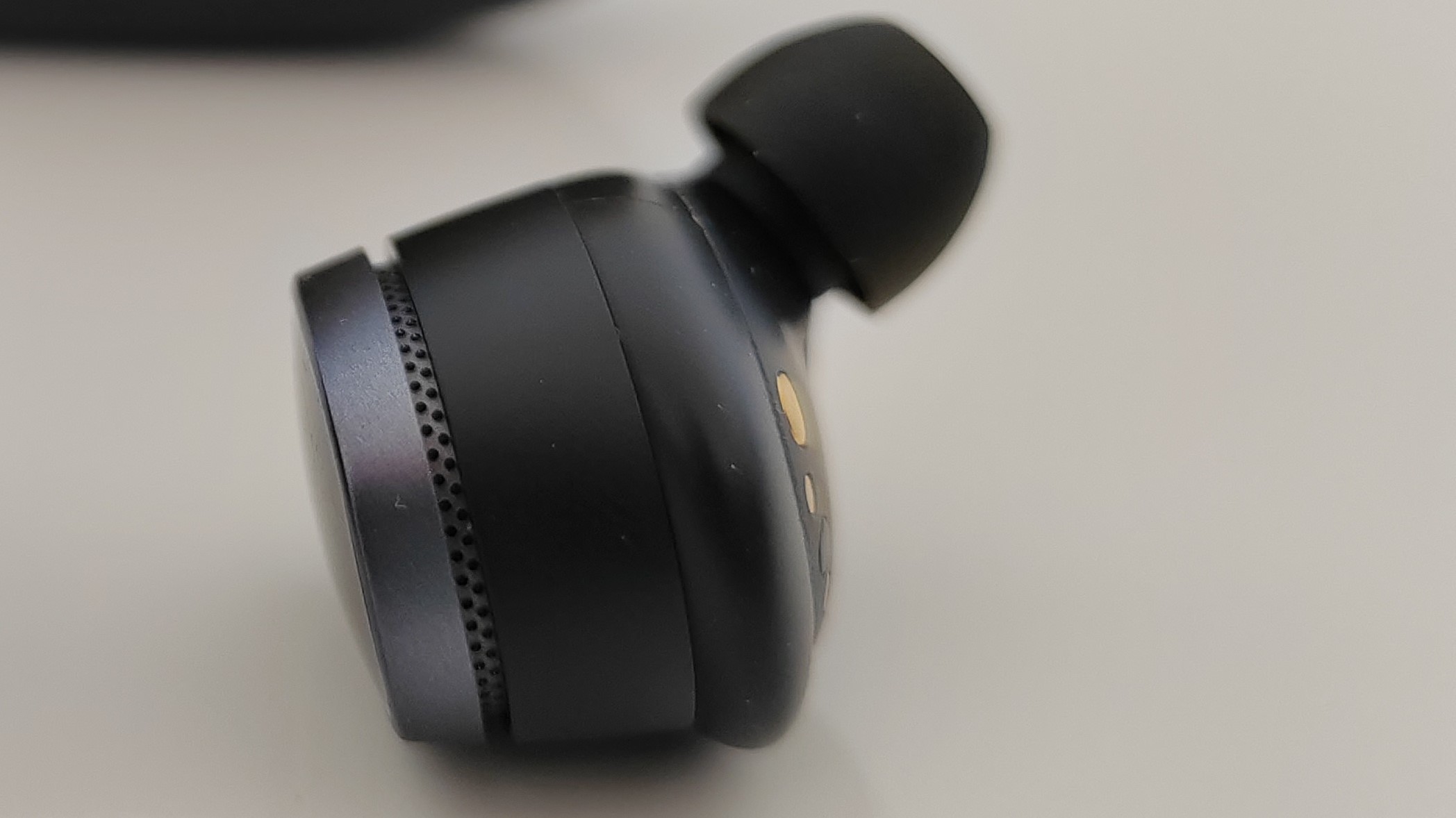
Verdict
The Bowers & Wilkins Pi8 raise the bar when it comes to audio quality from a true wireless form factor. They effortlessly handle different genres, have a terrific treble and melodious mid-range, but drop deep when dance tunes demand it.
They also combine superior build and materials with a class appropriate feature set.
The price point may be chilly, but if you want arguably the finest sounding true wireless earbuds on the market, I reckon they’re worth it.
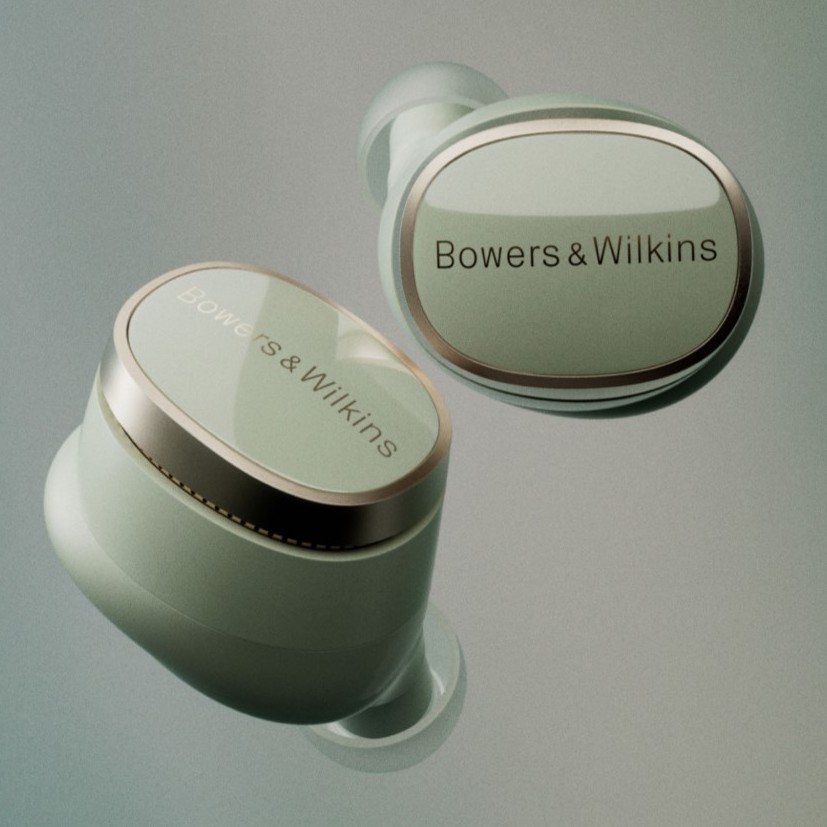
The bottom line
Elegant, expensive and extremely fine, the Pi8 are premium earbuds with audiophile DNA.

Steve has been writing about AV and home cinema since the dawn of time, or more accurately, since the glory days of VHS and Betamax. He has strong opinions on the latest TV technology, Hi-Fi and Blu-ray/media players, and likes nothing better than to crank up his ludicrously powerful home theatre system to binge-watch TV shows.


